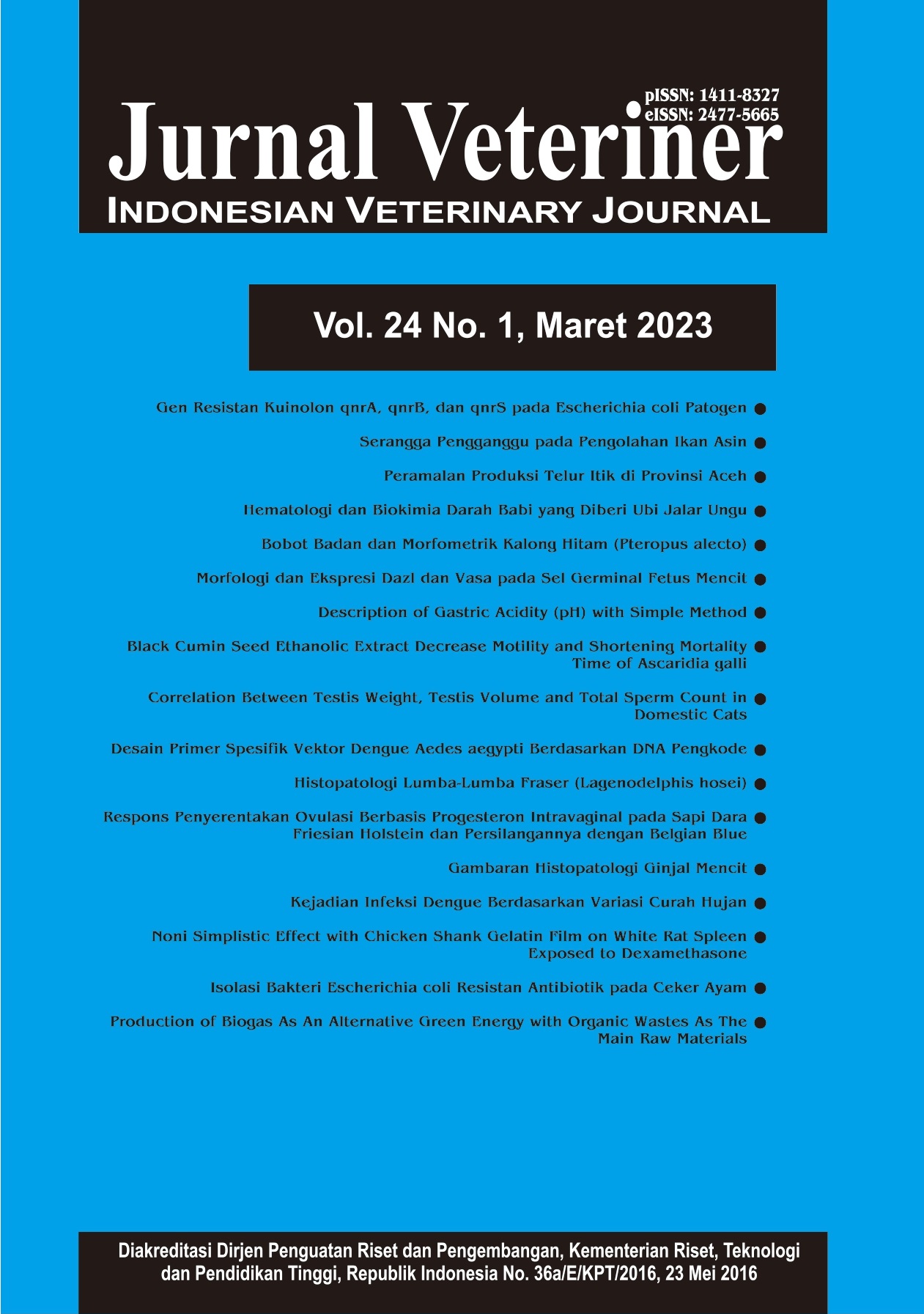Production of Biogas As An Alternative Green Energy with Organic Wastes As The Main Raw Materials
Abstract
This research focused on the utilization of four different organic wastes, namely snake fruit, orange, cabbage, and tomato wastes, for the production of biogas. The main objectives were twofold: (1) to investigate the characteristics and biodegradability of these wastes, and (2) to evaluate their potential for anaerobic methane production. The experiment was conducted using 250 L bioreactors, with the four wastes serving as the primary raw materials. A starter culture of cattle dung was added, and the mixture was incubated for eight weeks. Regular sampling and analysis were carried out to assess water content, biodegradability, specific rate of volatile material reduction, and gas yield. The results showed that the water content of the four waste systems remained relatively consistent throughout the experiment. Biodegradability analysis revealed that all of the wastes were biodegradable, with varying levels of degradation ranging from 23.10 ± 2.89% to 59.84 ± 4.17%. Snake fruit waste exhibited the highest resistance to degradation, while tomato waste was the most easily degradable. Kinetic analysis indicated specific rates of volatile material reduction (µ) of 0.006 ± 0.0006 per day for the most resistant waste and 0.0170 ± 0.0021 per day for the least resistant waste. The incorporation of these four waste types in the biogas production process had a positive effect on gas formation. Therefore, these organic wastes hold promise as valuable resources for biogas production, addressing both the issue of waste accumulation and the energy crisis in an environmentally beneficial manner.



















